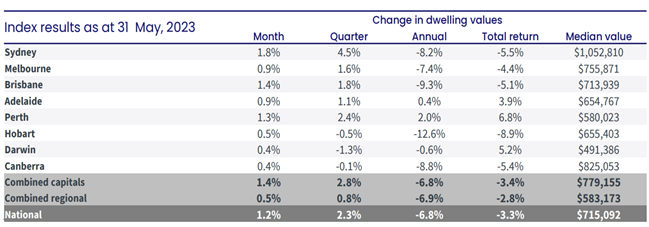
The Australian real estate market is influenced by a myriad of factors, one of which is migration. As a country with a history of immigration, Australia’s housing market experiences fluctuations in house stock and prices due to changes in migration patterns.
Let’s explore the upcoming migration trends and analyze their potential impact on house stock and prices in the Australian real estate market.
1. Understanding Migration Patterns in Australia
Australia has a long-standing tradition of welcoming immigrants, with migration playing a significant role in shaping the country’s demographics and economy. According to projections, Australia is set to experience a significant increase in migration over the next decade. Factors such as relaxed immigration policies, changing geopolitics, and the country’s recovery from the COVID-19 pandemic are likely to contribute to this surge.
According to the latest research, Net immigration surged to 320,000 in 2022, up from just 5,940 in 2021, resulting in increased demand for approximately 125,000 additional dwellings. Immigration remains strong in 2023, further contributing to the housing demand.
To comprehend the impact of upcoming migration on the housing market, it is crucial to examine the current migration patterns. This includes exploring government policies, visa categories, and global economic conditions that influence migration to Australia.
2. Migration and House Stock
The influx of migrants has a direct impact on the availability of housing stock in Australia. As more people enter the country, the demand for housing increases, potentially leading to a shortage of available properties. This shortage can drive up house prices, especially in areas with high levels of migration.
However, the pace of construction may struggle to keep up with demand, potentially resulting in a housing shortage in certain areas. This shortage can drive up prices as the demand-supply gap widens, making it more challenging for prospective buyers to enter the market.
Furthermore, limited housing availability can push people to explore alternative options such as rental properties, leading to increased competition in the rental market and potentially driving up rental prices.

The above graph shows the changes in the number of dwellings in Australia with the population growth due to migration.
3. Migration and House Prices
Migration can significantly influence house prices in the Australian real estate market. As more people migrate to Australia, demand for housing will surge. In regions with high migration rates, house prices are likely to experience an upward trajectory due to increased competition.
Cities such as Sydney, Melbourne, and Brisbane, which have traditionally attracted a large number of migrants, may witness the most substantial price increases. However, it is important to consider the regional variations within Australia. While metropolitan areas may experience substantial price hikes, rural and remote areas may not witness the same level of growth.
Migration patterns and economic opportunities tend to concentrate in major cities, causing property prices in these regions to surge, while other areas may experience more modest increases or even stagnation.
The below mentioned data gives a detailed report of the change in dwelling values across different cities in Australia as observed till 31st May 2023.

Source: CoreLogic 1st June 2023
4. Impact on Housing Affordability
The impact of migration on housing affordability can be a double-edged sword. On one hand, increased demand can drive up prices, making it more challenging for first-time buyers to enter the market. Higher prices coupled with limited housing supply can lead to decreased affordability, potentially pushing aspiring homeowners out of the market.
On the other hand, migration can also stimulate economic growth and job creation, resulting in increased wages and improved living standards. This positive economic impact can help offset the rising housing prices to some extent.

Moreover, the construction industry may witness a boom, generating employment opportunities and potentially contributing to an overall improvement in the affordability of housing in the long run.
Takeaway

Migration trends have a significant impact on house stock and prices in the Australian real estate market. By examining upcoming migration patterns and their potential consequences, we gain valuable insights into the dynamics of the housing market.
It is crucial for all stakeholders, including policymakers, investors, and homebuyers, to understand these trends and adapt their strategies accordingly. By staying informed and proactive, individuals can make well-informed decisions in the face of migration-induced changes in the Australian real estate market.

